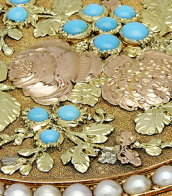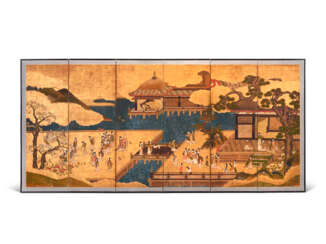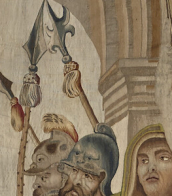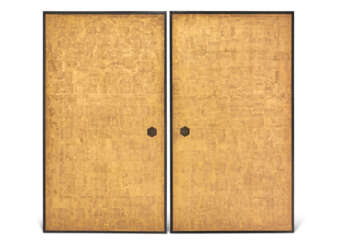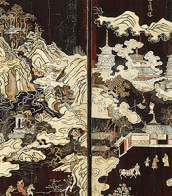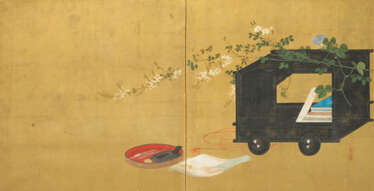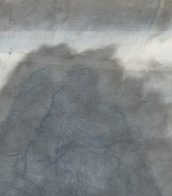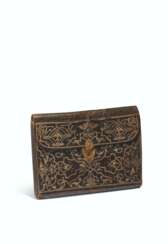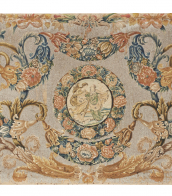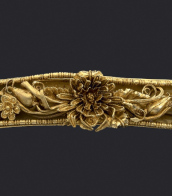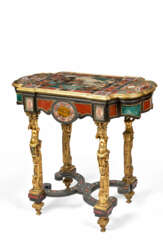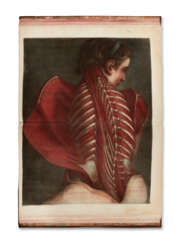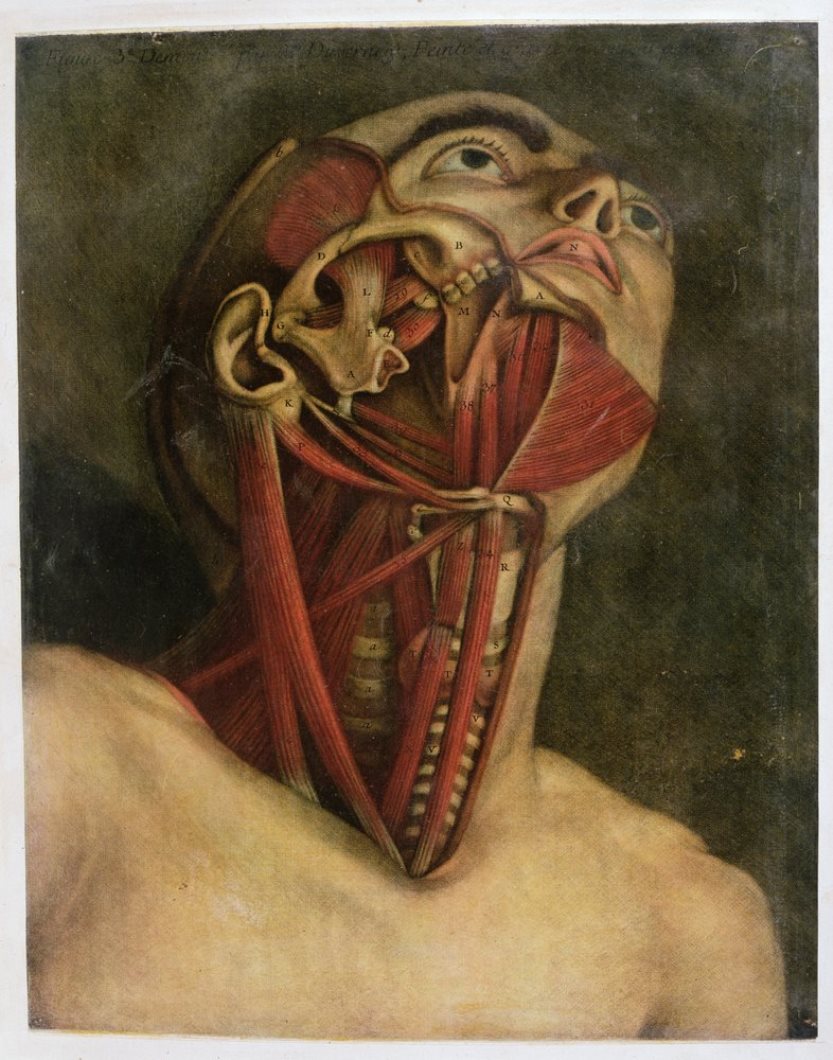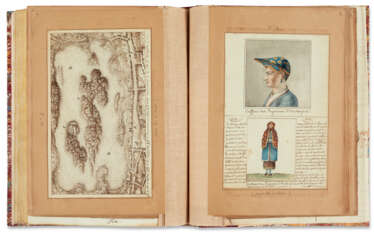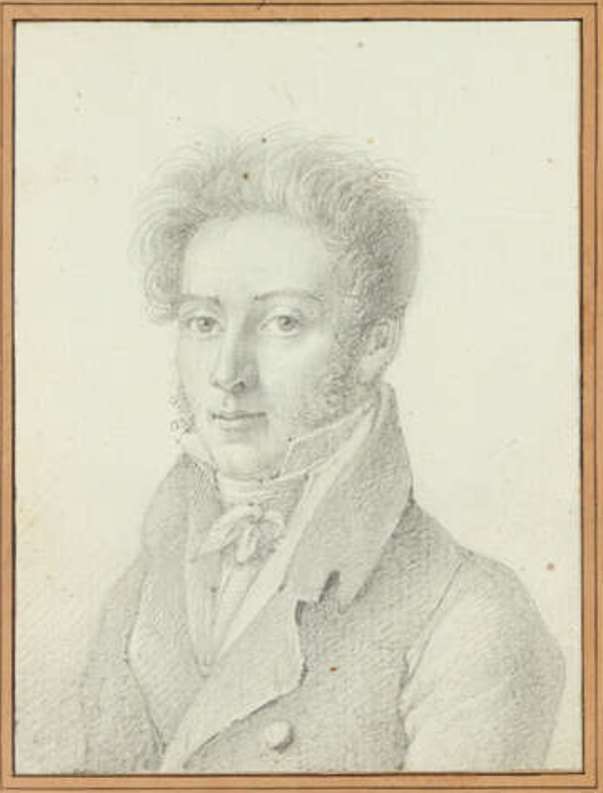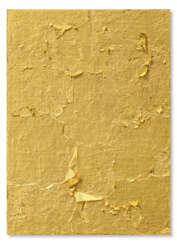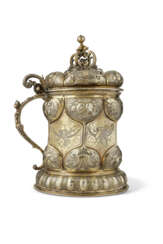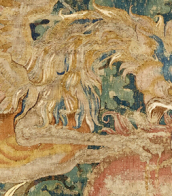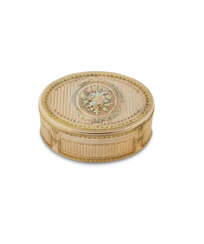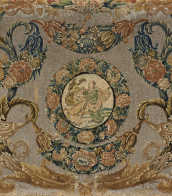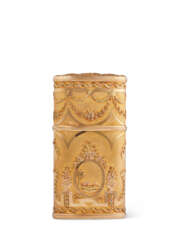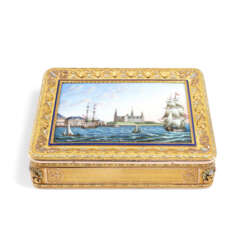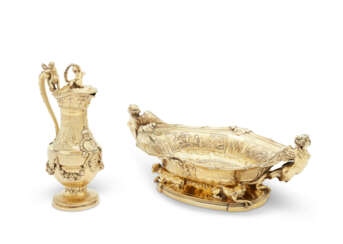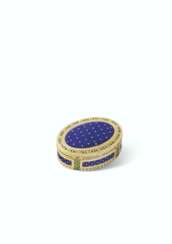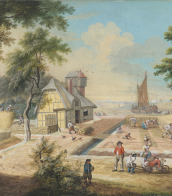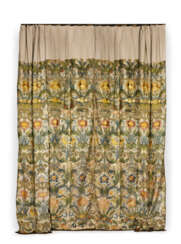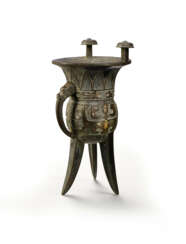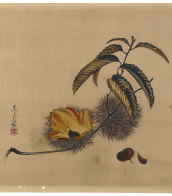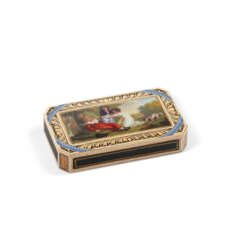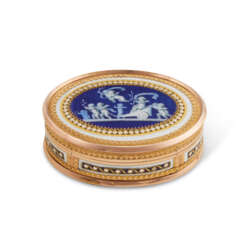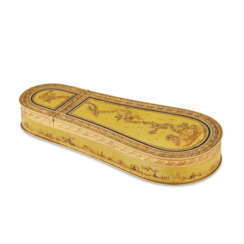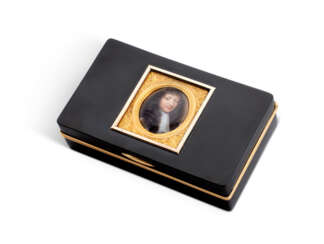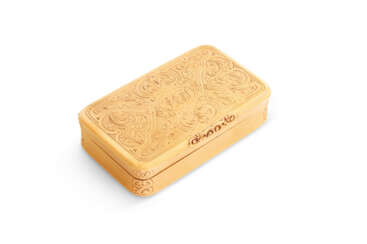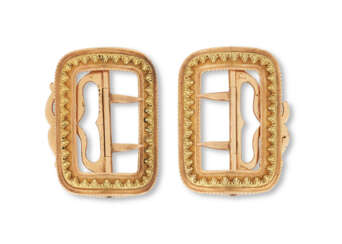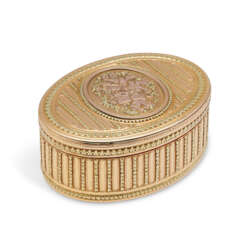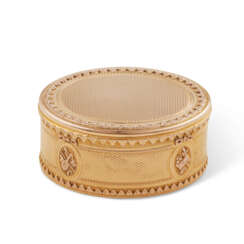feuille d'or


Yves Klein was a French artist, renowned for his innovative use of pure color and his approach to the conceptual aspects of monochrome painting. Klein, born in 1928 in Nice, France, left an indelible mark on the art world despite his brief career, which ended with his untimely death in 1962.
Klein is best known for his invention of International Klein Blue (IKB), a deep blue hue which he registered as a trademark color and used extensively in his works. This vibrant blue, which he developed in collaboration with a chemist, represented more than just a color; it was a means of evoking the immateriality and boundlessness of space. His monochrome blue canvases, large-scale public performances, and pioneering works in performance art established him as a leading figure in the Nouveau Réalisme movement in post-war Europe.
Aside from his famous blue monochromes, Klein’s Anthropometries series, where he used nude women as 'living brushes' to transfer blue paint onto canvases, is another testament to his innovative artistic methods. These performances, often accompanied by a small orchestra playing his "Monotone Symphony" — a single, continuous note played for twenty minutes followed by twenty minutes of silence — challenged traditional perceptions of the artist's role and the creation process.
Visit our gallery's website to explore more about Yves Klein and sign up for updates on new acquisitions and exclusive auction events related to his profound legacy.
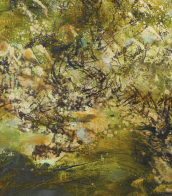


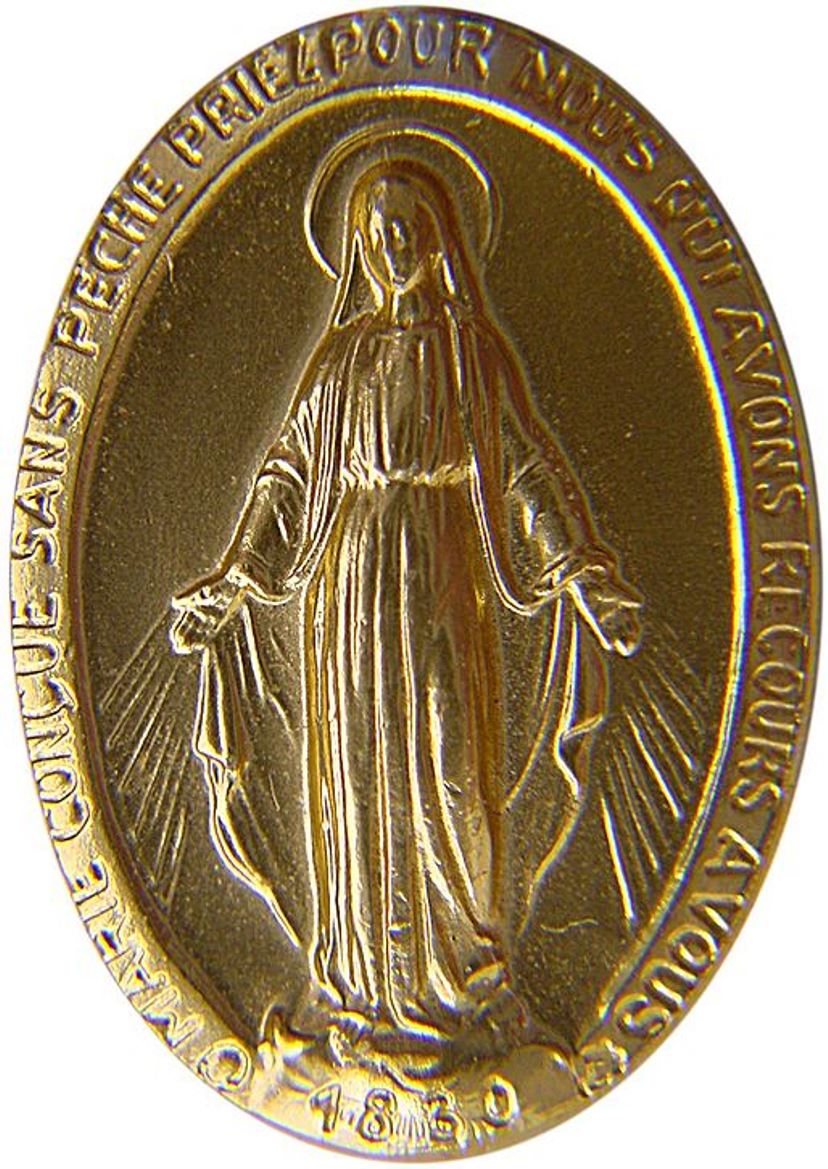
Adrien Vachette was a French jeweler of the 18th and 19th centuries, best known as the creator of the so-called Wonderful Medallion.
Vachette was one of the most famous and prolific craftsmen of his generation. He was appointed court jeweler and supplier to the court of King Louis XVIII. Gold, tortoise shell, enamel, precious stones and ornamental stones were used extensively in the creations of Vachette, particularly in the many precious snuffboxes that were in fashion at the time.
However, he became famous at a very advanced age, when he was almost 80 years old. Paris at the time was experiencing a cholera epidemic and a period of political instability. The Archbishop of Paris, Iasent-Louis de Quelan, had the idea of solving these problems by a miracle. At his behest, Vachette designed a "miraculous medallion" depicting Our Lady. Between 1832 and 1836, more than two million copies were distributed. At the same time, Archbishop Kaelan and his clergy were active in the fight against cholera. All in all, this contributed to the growth of religiosity and respect for the church in France, and the marvelous medallions of Vachette's design continue to be minted and distributed in many Western countries to this day.
